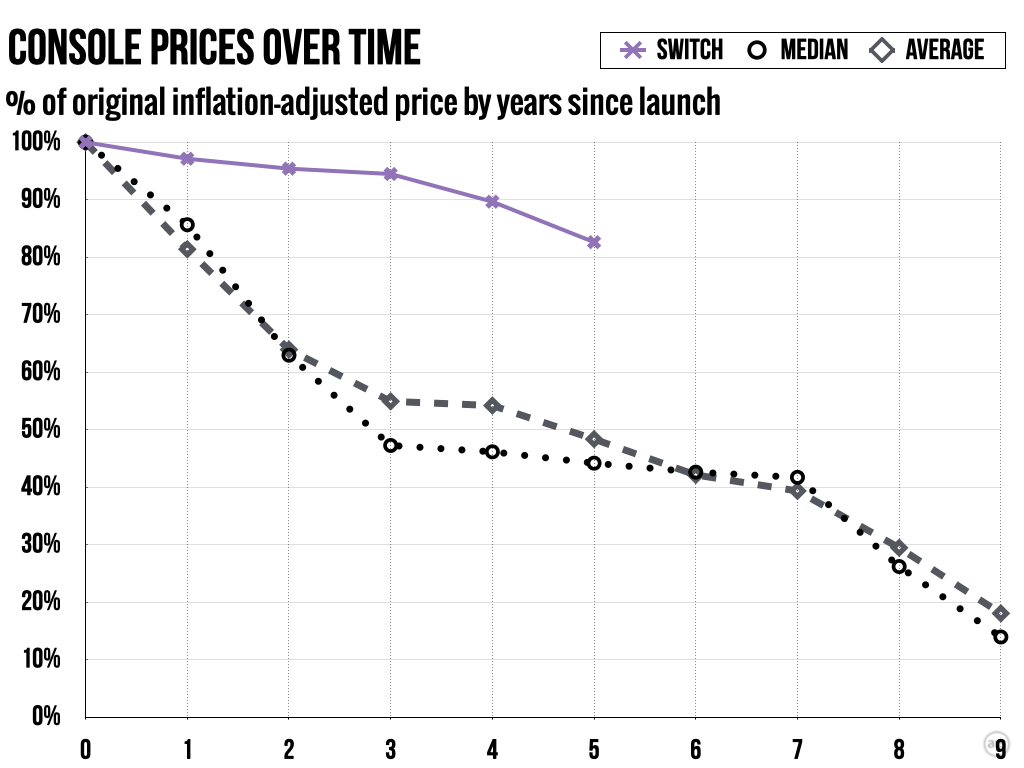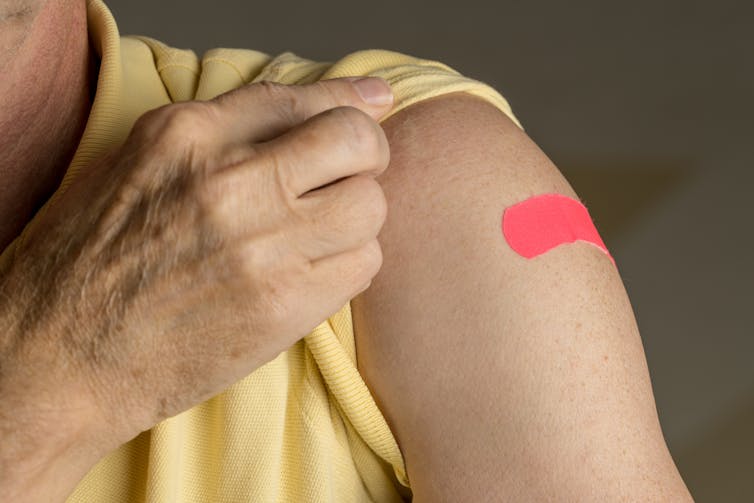Researchers recently spotted a bottlenose dolphin in Southern Queensland’s Hervey Bay, Australia, with an unusual skin coloration that has only been seen in a few other dolphins. This distinctive dolphin has been named Speckles. While observing a pod of six dolphins, the researchers were amazed when Speckles leapt out of the water in a vertical position, revealing its underside with many white areas and white stripes across its dorsal and lateral sides.
A team from Australia’s University of the Sunshine Coast reported that the white patches on Speckles are “near-symmetrical” and had not been observed in their previous research on the species. Additionally, the researchers noted that Speckles appeared to be healthy apart from a healed shark bite on its side, ruling out the possibility of the discoloration being caused by disease or sunburn.
The unusual skin condition exhibited by Speckles is known as piebaldism, which is considered extremely rare. It is a partial loss of pigmentation, similar to albinism and leucism, but it does not affect the eyes. Speckles is only the 24th reported case of this condition in dolphins and one of only six documented cases of dolphins with piebaldism in the world. This is the first documented case of such a condition in the species in Australia and the second in the southern hemisphere.
Behavioral ecologist Alexis Levengood explained that piebaldism results in patchy coloration due to a partial loss of pigmentation, similar to but distinct from albinism and leucism. The researchers are eager to learn more about this unique condition and the dolphin’s genetic makeup through additional imaging and genetic sampling.
While Speckles is one of the few known dolphins with this condition, there are more documented cases of piebaldism among other species. The discovery of Speckles and its rare skin condition has been published in the scientific journal Aquatic Mammals, and researchers are continuing to study and gather information about this intriguing dolphin.














